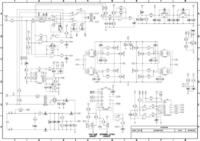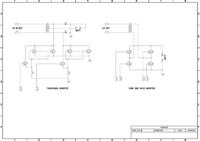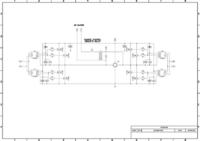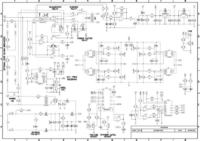jami007
Full Member level 3

- Joined
- Jan 19, 2010
- Messages
- 179
- Helped
- 43
- Reputation
- 86
- Reaction score
- 44
- Trophy points
- 1,308
- Location
- Pakistan
- Activity points
- 2,293
Fvm is right.........
The software is written in CCS C language which is very much different than ordinary C language used for PIC microcontrollers, you can't mix the code untill the format of the code is same because you cant compile any software written in different formats in a single software, you have to follow the rules of science.............
The software is written in CCS C language which is very much different than ordinary C language used for PIC microcontrollers, you can't mix the code untill the format of the code is same because you cant compile any software written in different formats in a single software, you have to follow the rules of science.............









